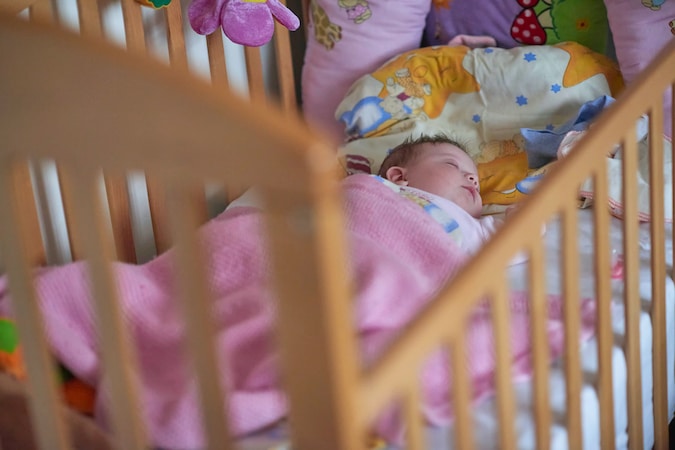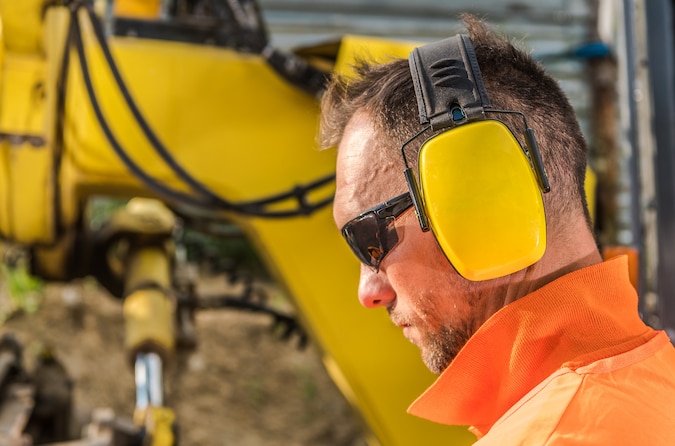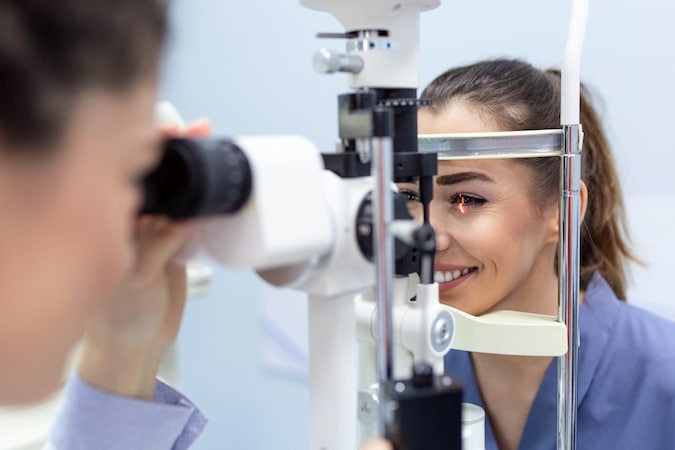
Safe Sleep for Babies: Tips for a Secure Sleep Environment

Creating a safe sleep environment for babies is one of the most important steps parents and caregivers can take to ensure their child’s health and safety. In this article, we’ll cover critical safe sleep tips to protect your baby and provide peace of mind.
Here are the key takeaways:
- Always place babies on their backs for sleeping.
- Use a firm, flat sleep surface free from loose bedding.
- Keep the baby’s sleep space in the same room but not the same bed.
- Avoid overheating and monitor the room temperature.
Why Safe Sleep Matters

Ensuring safe sleep practices for babies can reduce the risk ofSudden Infant Death Syndrome (SIDS), suffocation, and other sleep-related dangers. According to the CDC, about 3,500 sleep-related infant deaths occur annually in the United States, but following proven guidelines can significantly minimize these risks.
For more parenting and health-related advice, visit SelfGood to explore essential resources designed for families.
The ABCs of Safe Sleep: Alone, Back, Crib
The “ABCs of Safe Sleep” is a simple, proven approach to protect your baby:
- Alone: The baby should sleep alone without toys, pillows, or blankets in the crib.
- Back: Always place your baby on their back to sleep. This position is safest for infants.
- Crib: Use a firm, flat crib mattress with a tight-fitting sheet.
Additional Tips for the ABCs
- Avoid placing the baby on soft surfaces like couches or adult beds.
- Ensure the crib or bassinet meets current safety standards.
Creating a Safe Sleep Environment
A well-prepared sleep environment is essential for your baby’s safety and comfort. Follow these tips to set up the ideal sleep space:
- Use a firm mattress: Soft surfaces can increase suffocation risk.
- Keep it bare: Remove stuffed animals, pillows, and bumper pads.
- Avoid bed-sharing: Share the same room but not the same sleep surface.
- Monitor room temperature: Keep the room between 65-70°F (18-21°C). Overheating increases SIDS risk.
Need additional health and wellness resources? Check out our health tips blog for expert advice.
Common Myths About Baby Sleep Safety
There are several misconceptions when it comes to safe sleep practices:
- Myth: Babies sleep better on their stomachs.
- Fact: Back-sleeping is the safest position and has been proven to reduce SIDS risk.
- Myth: Swaddling eliminates the need for a bare crib.
- Fact: While swaddling can calm a baby, loose blankets should still be avoided.
- Myth: Co-sleeping is safer for bonding.
- Fact: Room-sharing, not bed-sharing, is recommended for safety.
Safe Sleep Products to Consider
Consider using these products to enhance your baby’s safe sleep experience:
- Sleep sacks: Wearable blankets that keep your baby warm without loose fabric.
- Breathable crib mattresses: Designed to minimize suffocation risk.
- Baby monitors: Audio or video monitors to help you keep an eye on your baby.
When to Transition from a Bassinet to a Crib
Most babies outgrow a bassinet by 4-6 months. Signs it’s time to transition include:
- The baby begins rolling over.
- Your baby exceeds the bassinet’s weight limit.
- Limited space for the baby to move.
Final Thoughts: Sleep Safely, Sleep Soundly
Following safe sleep guidelines ensures your baby sleeps securely and reduces risks of sleep-related accidents. Remember to always place your baby on their back, use a firm crib mattress, and avoid bed-sharing.
If you’re exploringhealth insurance optionsto support your family’s well-being, take a look at health insurance plans to find the right coverage.




